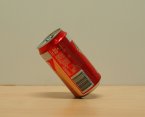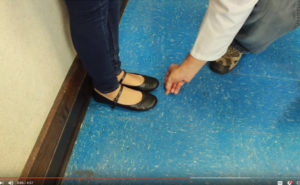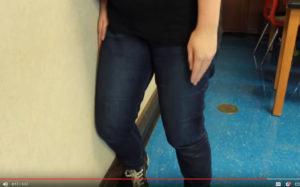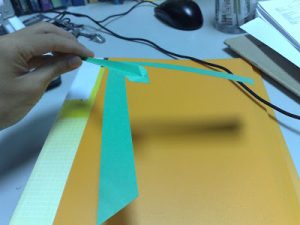Throw a ball in the air and gravity pulls it straight back down. Not everything moves like this when gravity acts on it. Most objects are not nice, neat shapes like balls. That means gravity acts on them in more complex ways. Even so, all objects behave as though their mass (the stuff they're made from) is concentrated at a point called their center of gravity. A simple object like a ball has its centre of gravity in a very obvious place: right at its centre. But in a more complex object, like your body, the centre of gravity is slightly higher than your waist because there's more weight in the top half of your body than in the bottom half.


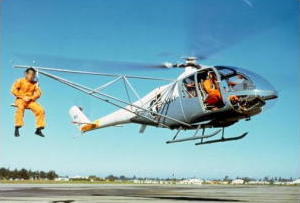
 If you want to fly an aircraft safely, having a balanced load is important. This giant C-5 Aircraft is having its centre of gravity calculated in a special weight and balance hangar.
If you want to fly an aircraft safely, having a balanced load is important. This giant C-5 Aircraft is having its centre of gravity calculated in a special weight and balance hangar. Thinking about center of gravity is also key to playing many sports effectively. Anything that involves balance—pretty much every sport from figure skating to surfing—involves thinking about where your weight is and how to move it quickly without using too much energy or losing control. You've noticed how tennis players plant their feet wide apart? And how high jumpers do weird things curling their bodies up and round the pole? All that kind of thing is based on understanding centre of gravity—and putting it to practical use!
Thinking about center of gravity is also key to playing many sports effectively. Anything that involves balance—pretty much every sport from figure skating to surfing—involves thinking about where your weight is and how to move it quickly without using too much energy or losing control. You've noticed how tennis players plant their feet wide apart? And how high jumpers do weird things curling their bodies up and round the pole? All that kind of thing is based on understanding centre of gravity—and putting it to practical use!




